There have been a few issues with self-checkouts recently. One is that stores are getting rid of them due to a rise in thefts that are believed to have been made easier by using self-checkouts. The other is that shoppers are asked to tip when using the self-checkout.
This has caused a lot of confusion among shoppers, as they don’t understand why they should tip a machine for scanning their shopping. There is also confusion about who this money is going to.
California Wants to Ban Self-Checkouts
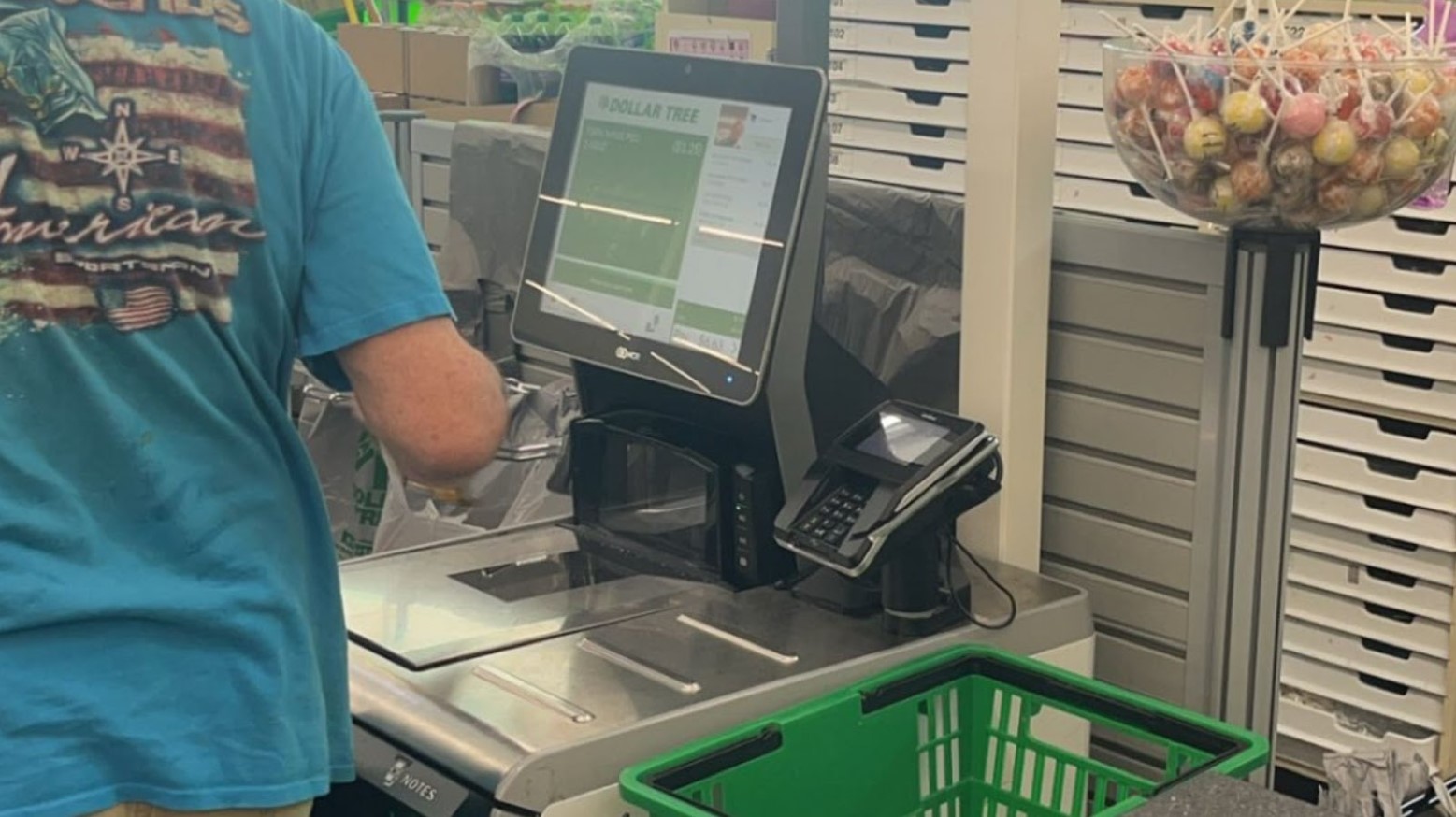
Due to a rise in thefts across stores in California, it is looking at putting forward new legislation that will ban the use of self-checkouts.
Self-checkouts are believed to be making it easier for theft to occur in stores, especially with the rising cost of products giving people more reason to steal items. California hopes that this ban will stop this.
Walmart Is Charging Customers to Use Self-Checkouts
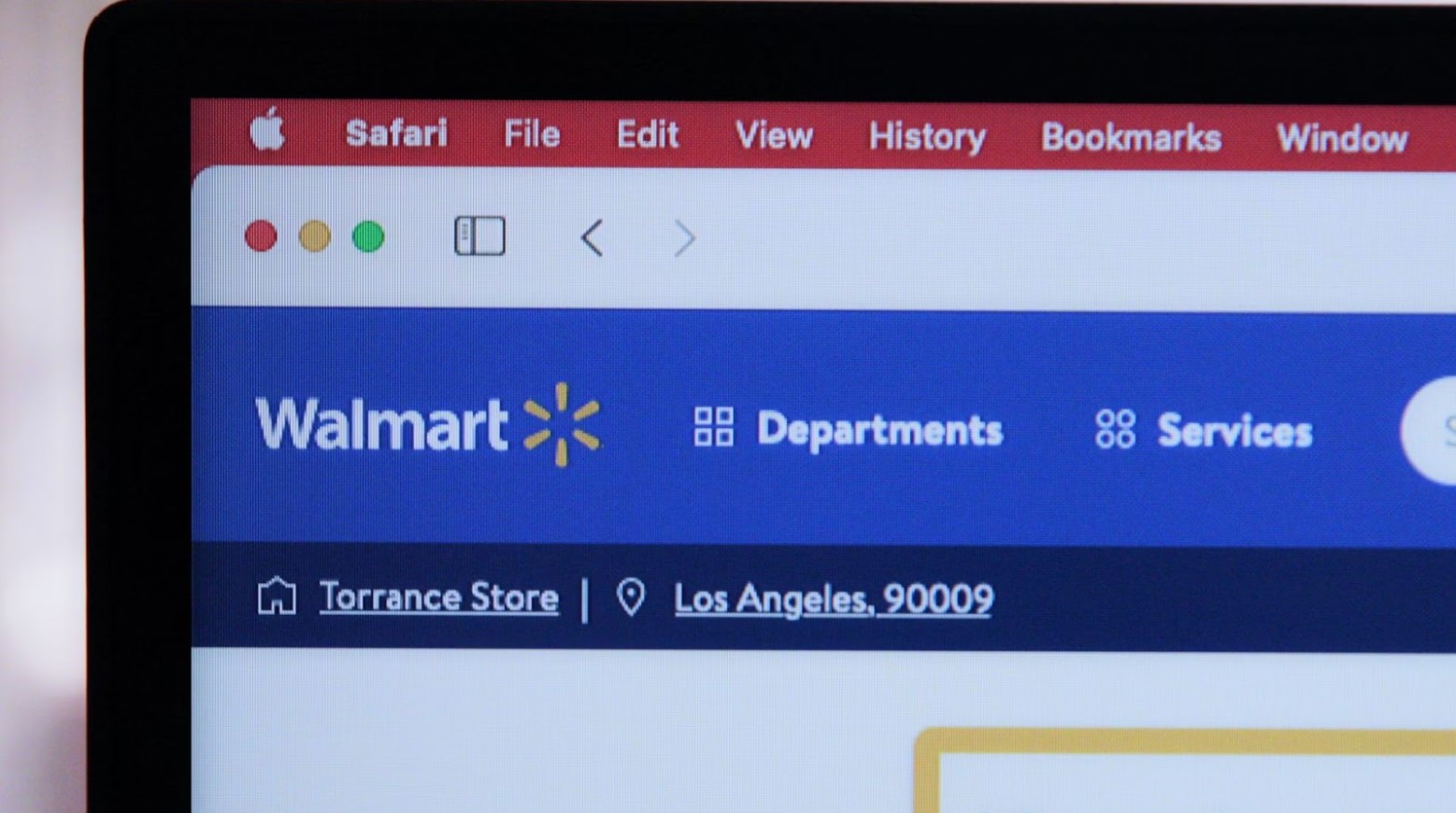
In another move that has left customers feeling furious, Walmart has decided to charge its customers $98 per year to use its self-checkouts.
Only those who have paid this amount can use the self-checkout. Anyone who hasn’t will have to use the cashier checkout lanes.
Walmart’s Buy Now, Pay Later Scheme
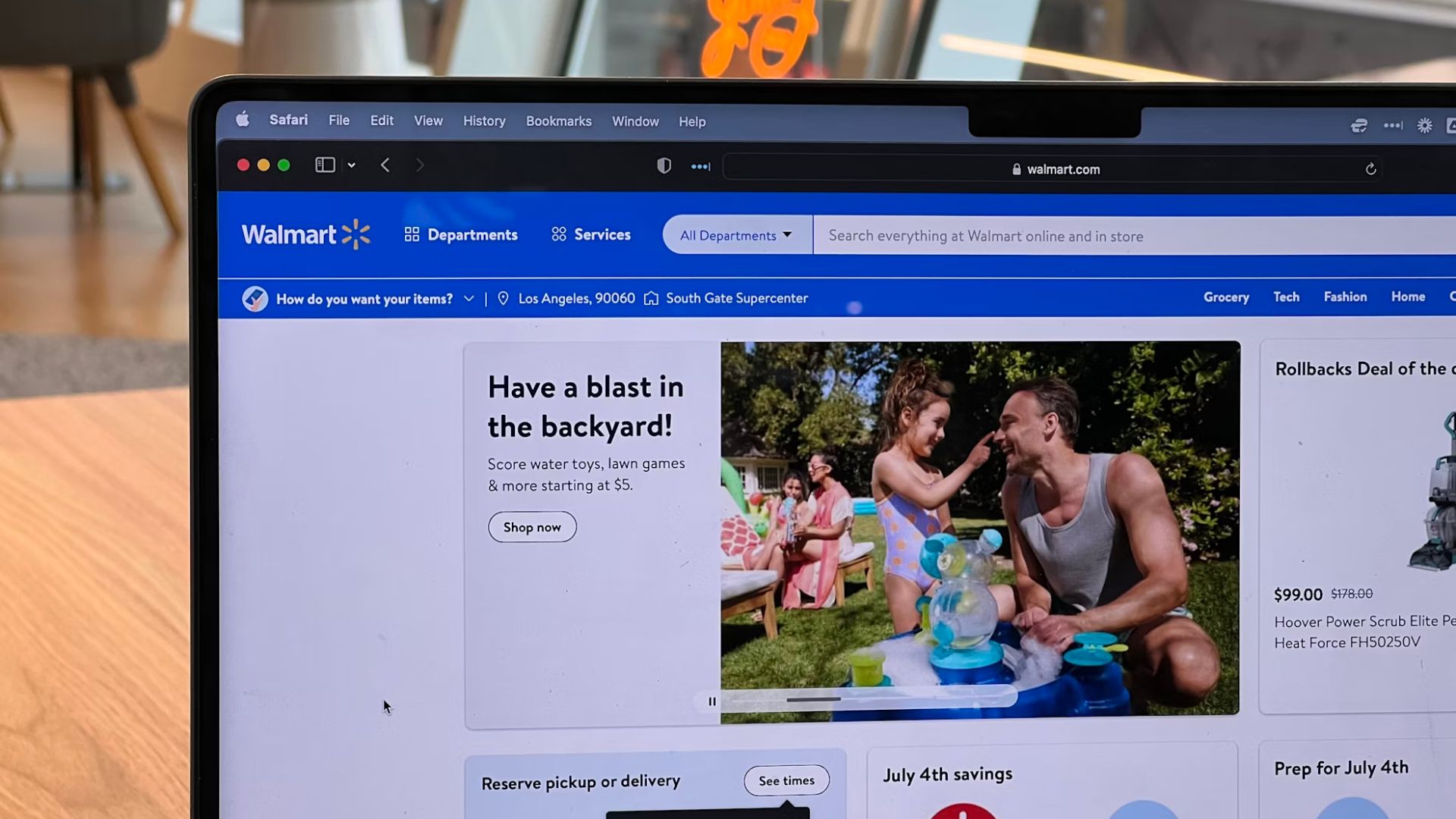
With the rise in issues with self-checkout machines across various stores, Walmart has adopted another controversial measure – a buy now, pay later scheme.
Walmart is using Affirm for this service, which has been controversial for its shoppers. Reports suggest that the company doesn’t report to major credit bureaus, and some customers experience invisible debts in their credit histories.
Walmart Is Removing Self-Checkouts
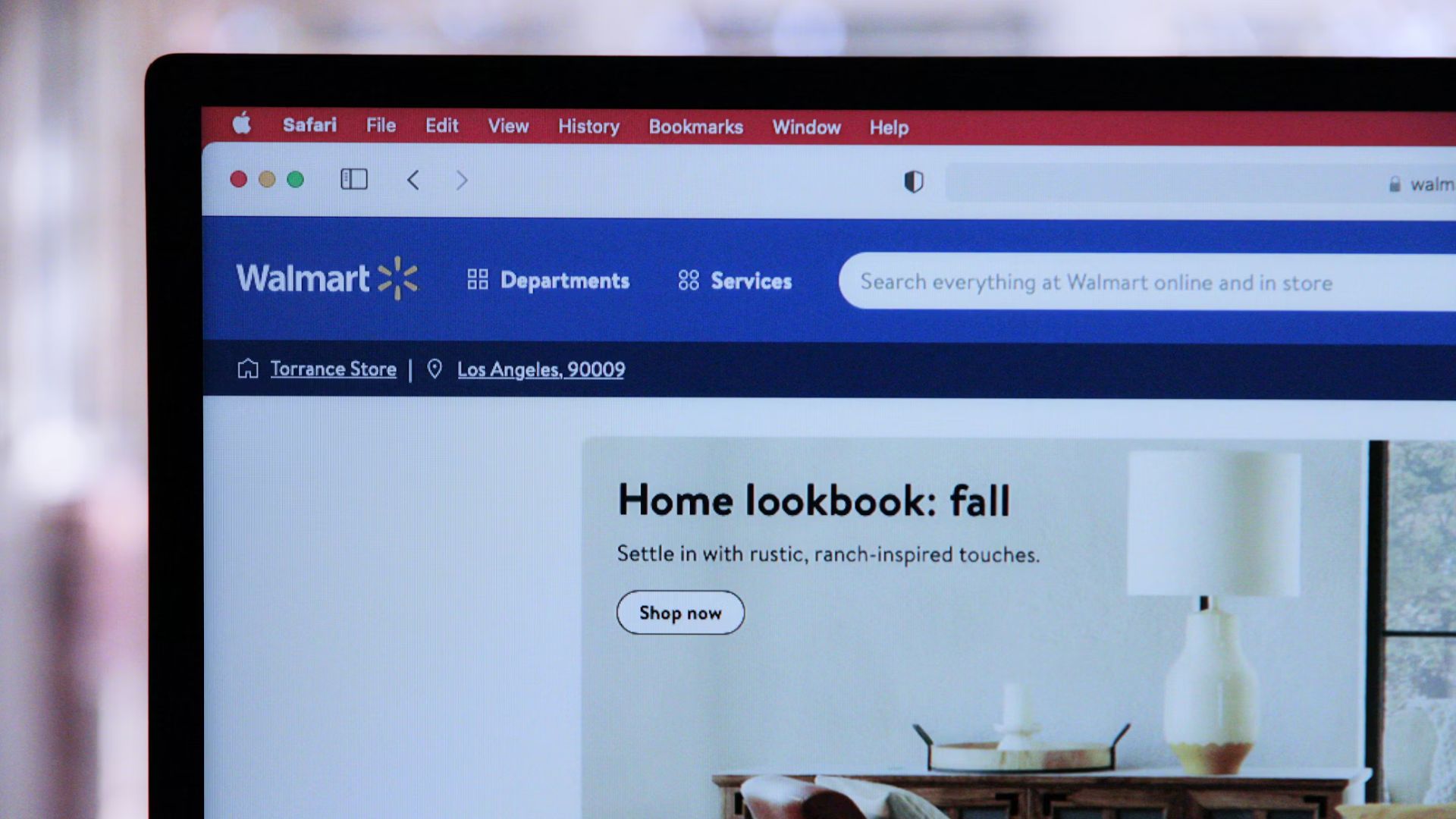
In a separate move, Walmart has also made the decision to remove its self-checkouts in favor of cashier-manned checkouts.
Despite self-checkouts once being seen as the future of shopping, Walmart has decided that this is no longer the case for its stores. Stores in various states, including Missouri and Ohio, have recently removed their self-checkout machines, with stores in other states set to follow.
Target’s Limited Self-Checkout Items

Walmart isn’t the only store making changes to its self-checkout stations. Target has implemented a new rule that limits shoppers to checking out 10 items or less when using the self-checkout.
This is causing issues for shoppers, especially as not many cashier checkout lanes tend to be open at once, which causes long lines and delays, with customers desperate to pay for their shopping and head back home.
Safeway Removes Self-Checkout Machines
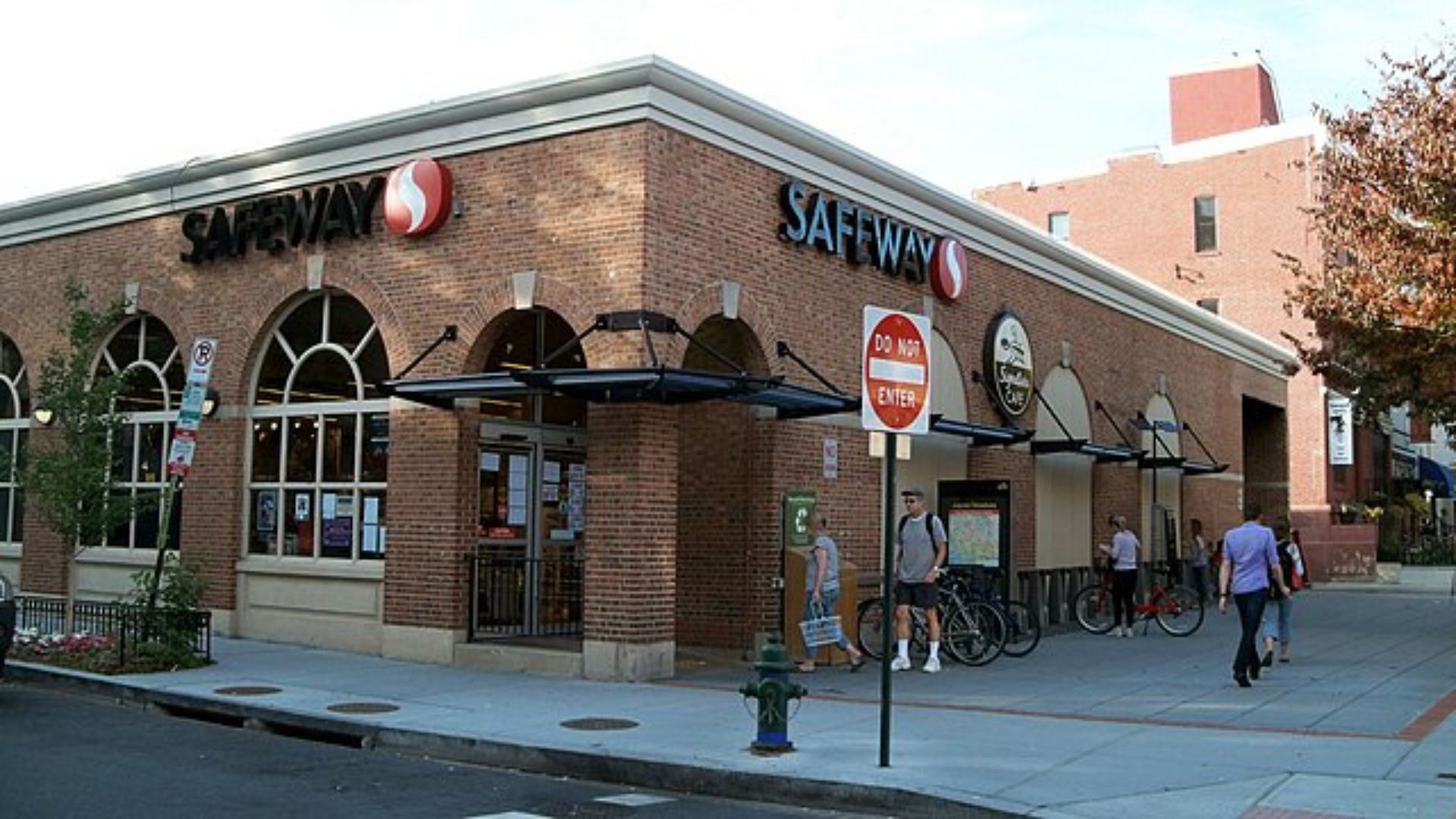
Safeway is another store that has decided to remove its self-checkout machines. This is due to increased thefts across its stores, which the company has put down to self-checkouts.
While some customers prefer using self-checkout machines as they tend to be quicker, stores are being forced to close due to the rise in thefts. To prevent this from happening even more, Safeway and other stores are removing their self-checkouts and adding other safety precautions.
Customer Asked to Tip After Buying One Item
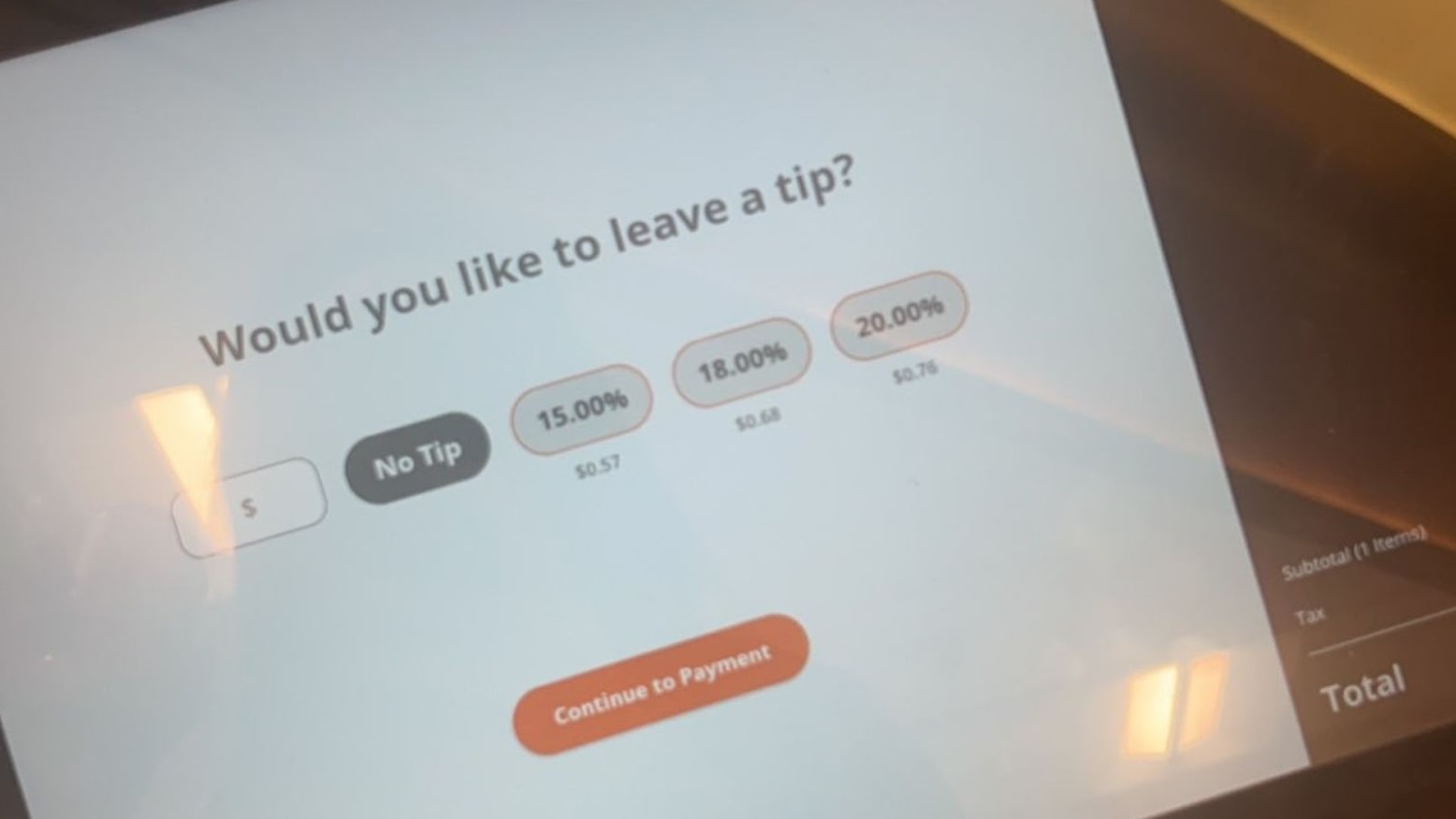
The latest in a long line of issues with self-checkouts was when one customer went to pay for one item, which is a simple enough process, only to be asked to tip for using the self-checkout.
This caused a lot of confusion for the customer as they weren’t aware of who they would actually be tipping. They even made the joke that they would actually just be tipping themselves.
Reasons for Tipping at Self-Checkout
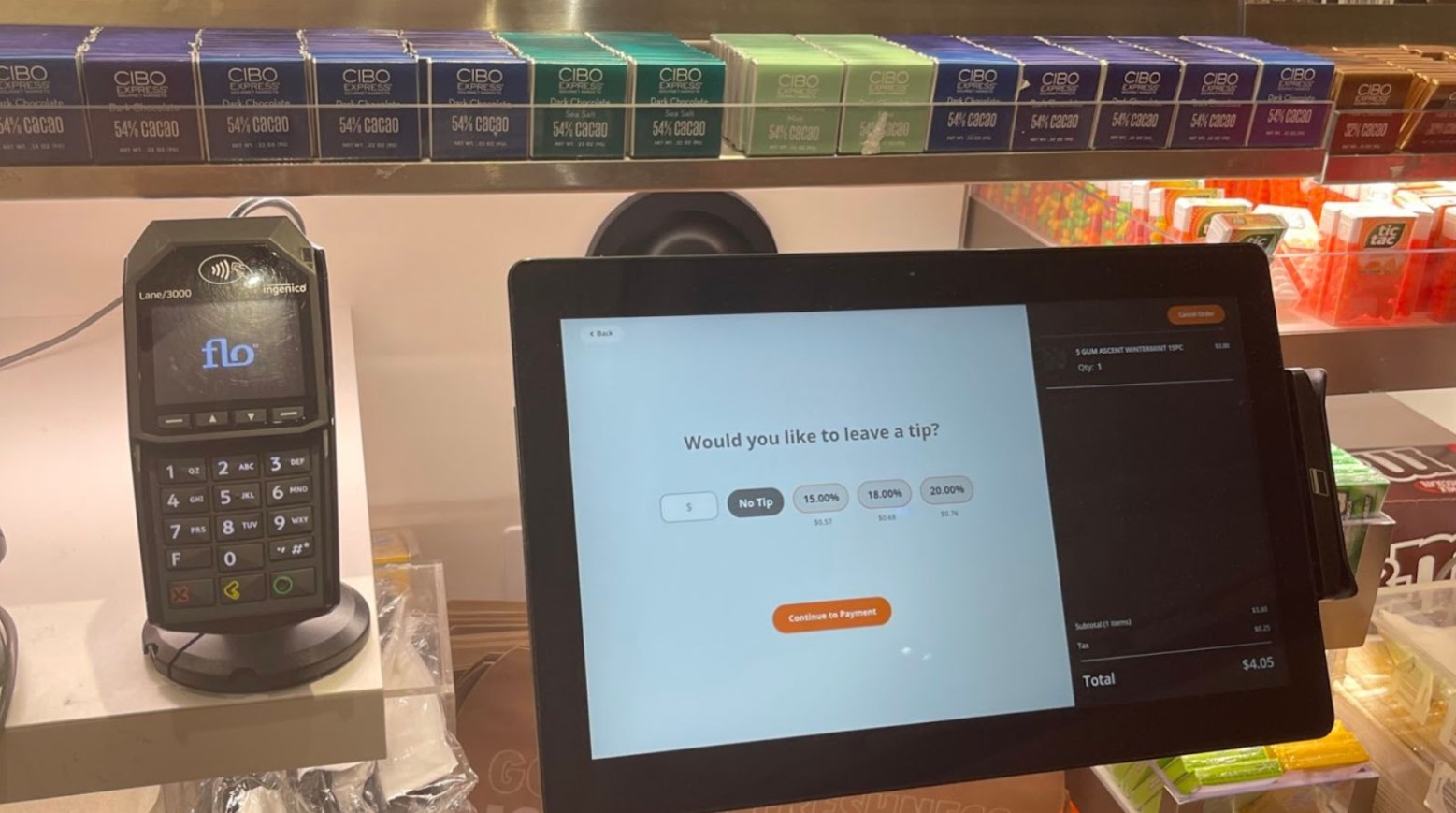
There was much confusion about the purpose of tipping at self-checkout, with some people making jokes about what the reason could possibly be.
Some of the jokes included tips for installing the machine, for the shopper doing a good job of scanning the shopping or for getting a bit of money back from the overall shop.
Shoppers Given Four Tipping Options
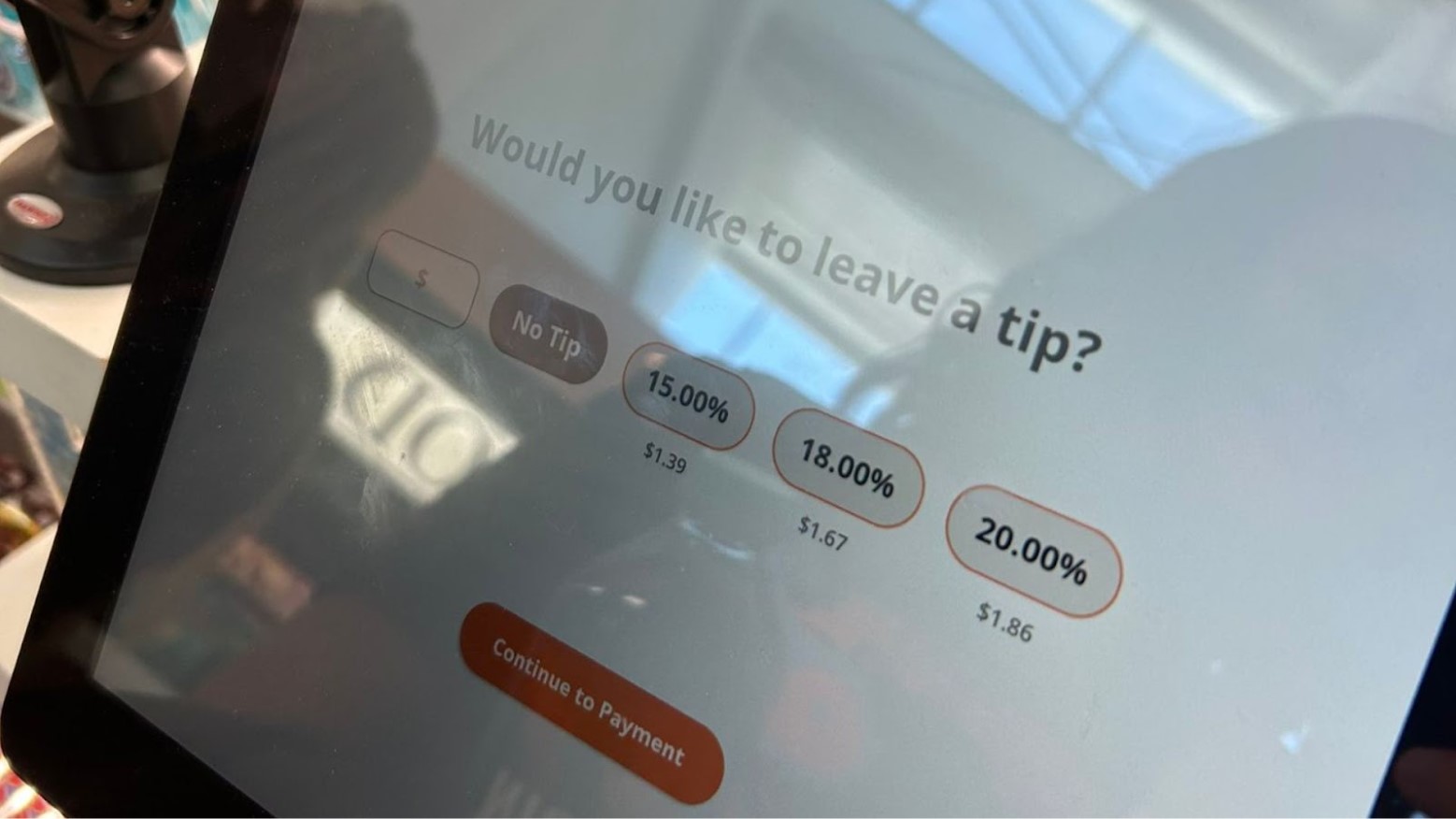
Tipping wasn’t mandatory, as one of the options when prompted was to pay nothing. However, there were three other options for tipping, with shoppers not allowed to tip a customized amount.
The three other tip options were 15%, 18% and 20%, which would be added to the total cost of the items purchased.
Additional Pressure on Customers

The request for customers to tip at self-checkouts is putting additional financial pressure on them. With the rise of inflation, people are struggling to afford their weekly shopping as it is.
Aside from being confused as to what these tips are for, some customers feel that they have to leave a tip, even if they don’t have the money to do so.
Tips Are Shared Among Employees
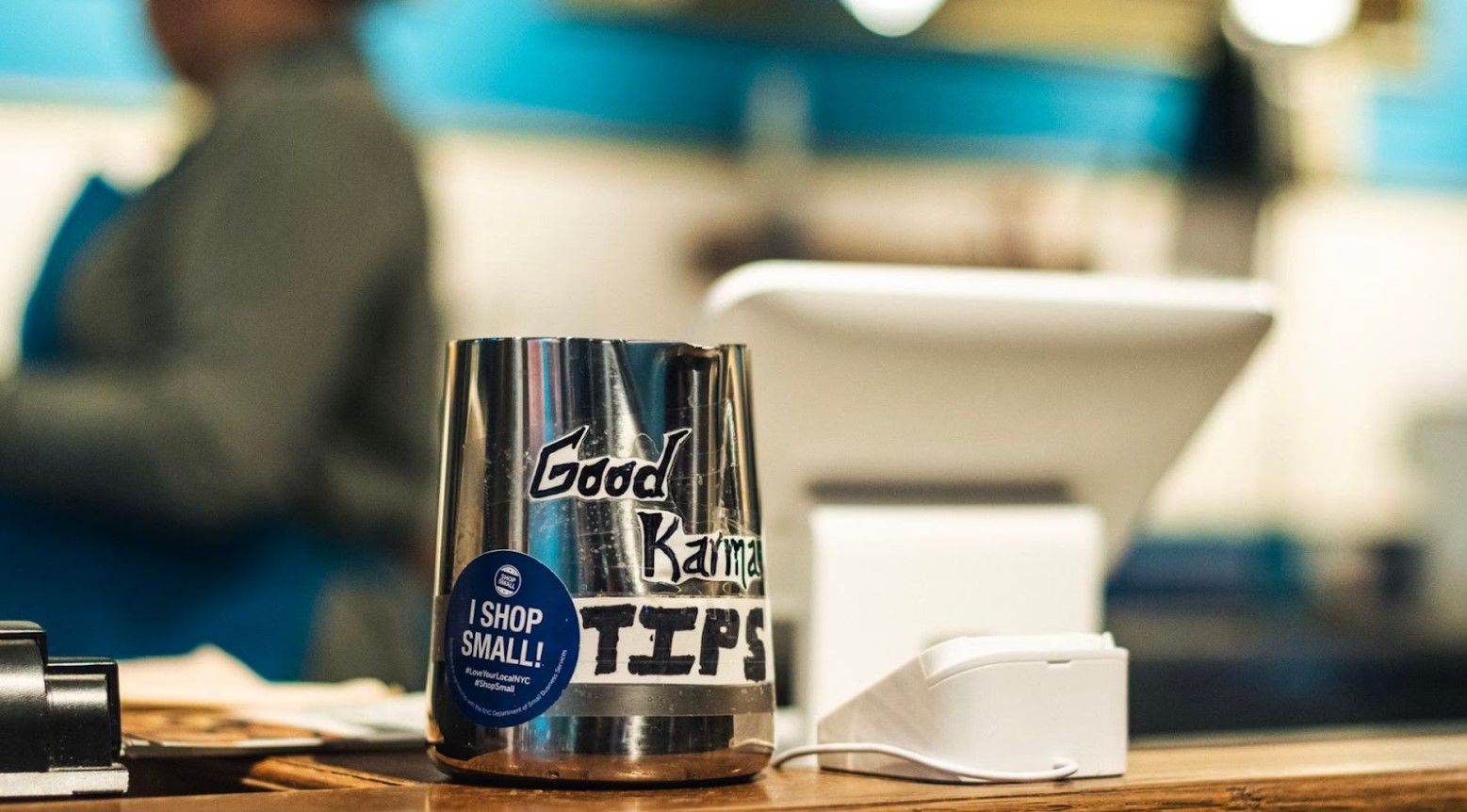
The exact shop the customer was at isn’t situated in just one location, as many other stores have also installed the tipping option on their self-checkout machines.
Customers in stadiums and at airport shops have been asked to tip when using the self-checkout, but spokespersons for these places have explained that any tips given here will be shared equally among employees.
Cutting Labor Costs

Many customers who are confounded by the news that self-checkout tips are becoming a thing are even more confused because self-checkouts were initially introduced into stores to cut down on labor costs.
So if this was the reason behind them, what is the point in asking for tips if the purpose of the machines were to reduce the need for labor and no one is actually serving the customer?
Tips Are Good for Business

Businesses that have introduced tipping at self-checkouts believe that this will be beneficial. It can increase staff pay and gratuities.
Even though this makes it sound like the tips will be going to staff, customers are still confused as to whether this will actually happen because they aren’t interacting with an actual person, just a machine.
Tips Avoid Raising Wages

Tipping in the US is mostly done in businesses where employees will be paid a small amount of money, and the tips they get given are meant to add up to the minimum wage that has been set across the US.
A strong consensus is that tipping is being done across various sectors so employers don’t have to raise employee wages. However, these employers are saying the actual reason for tips is to offer thanks to employees.
Rules on Tipping in the U.S.

Even though tipping is currently only an option in stores across the U.S., it is unusual to tip someone who works there, with most places expecting tips working in the services and hospitality industries.
This is because workers in these industries tend to be paid an hourly wage of $2.13, with employers having to prove that the worker can make up the amount missing from the state’s minimum wage by being paid in tips.
Not Providing a Service

One of the many issues shoppers are having with tipping after using self-checkouts is that no service has actually been provided, which means that the person shouldn’t have to tip.
In most other tipping cases, it is done because the server did a good job. With no one actually serving customers in this instance, customers are seeing no reason for tipping self-checkouts to exist.
It’s an Additional Tax
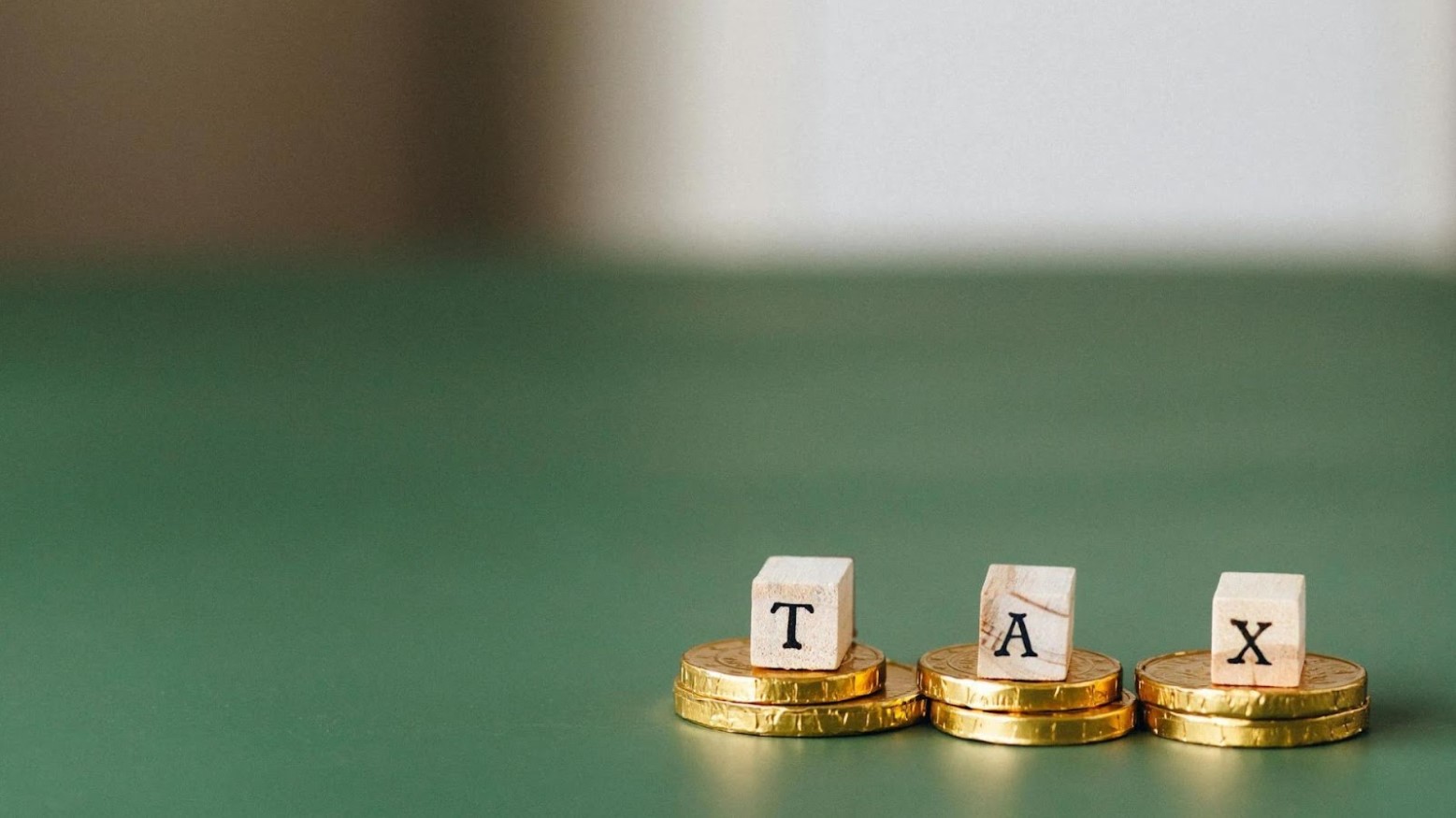
Whenever a customer buys a product from any store, they pay the cost of the item and the tax attributed to it.
With customers now being asked to provide a 15-20% tip on top of this, some have said it is basically the same as paying an additional tax on top of the tax they have already paid.
Self-Checkout Tips Are Emotional Blackmail

Some people have even referred to self-checkout tips as emotional blackmail. This is because they make customers feel as though they have to tip, even though they have no idea what or who they are tipping.
While some customers have felt able to decline to tip where they have the option to, others have felt that tipping is the only option and that they feel bad if they don’t due to the tipping culture that has been around in the US for years.
Employees Apply Even More Pressure
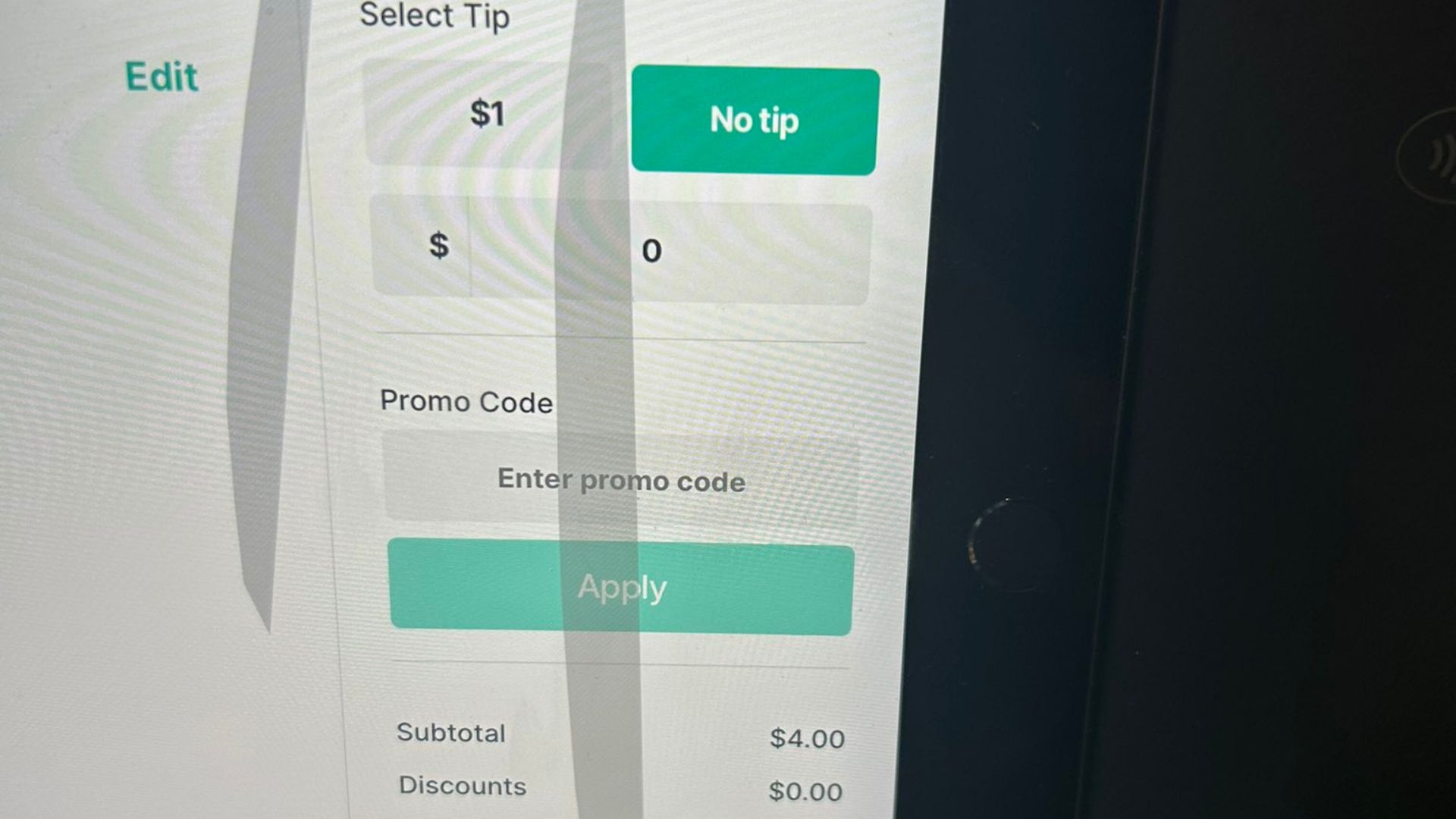
Some customers have reported feeling more pressure when an employee stands in the self-checkout area and can see their screen. Even if the employee doesn’t help the customer, their presence makes the customer feel they must tip.
1 in 5 US shoppers have said that when prompted on the self-checkout screen, they have left a tip. 54% have said they feel pressured to tip whenever the employee turns the iPad away.
Tips Keep Being Requested
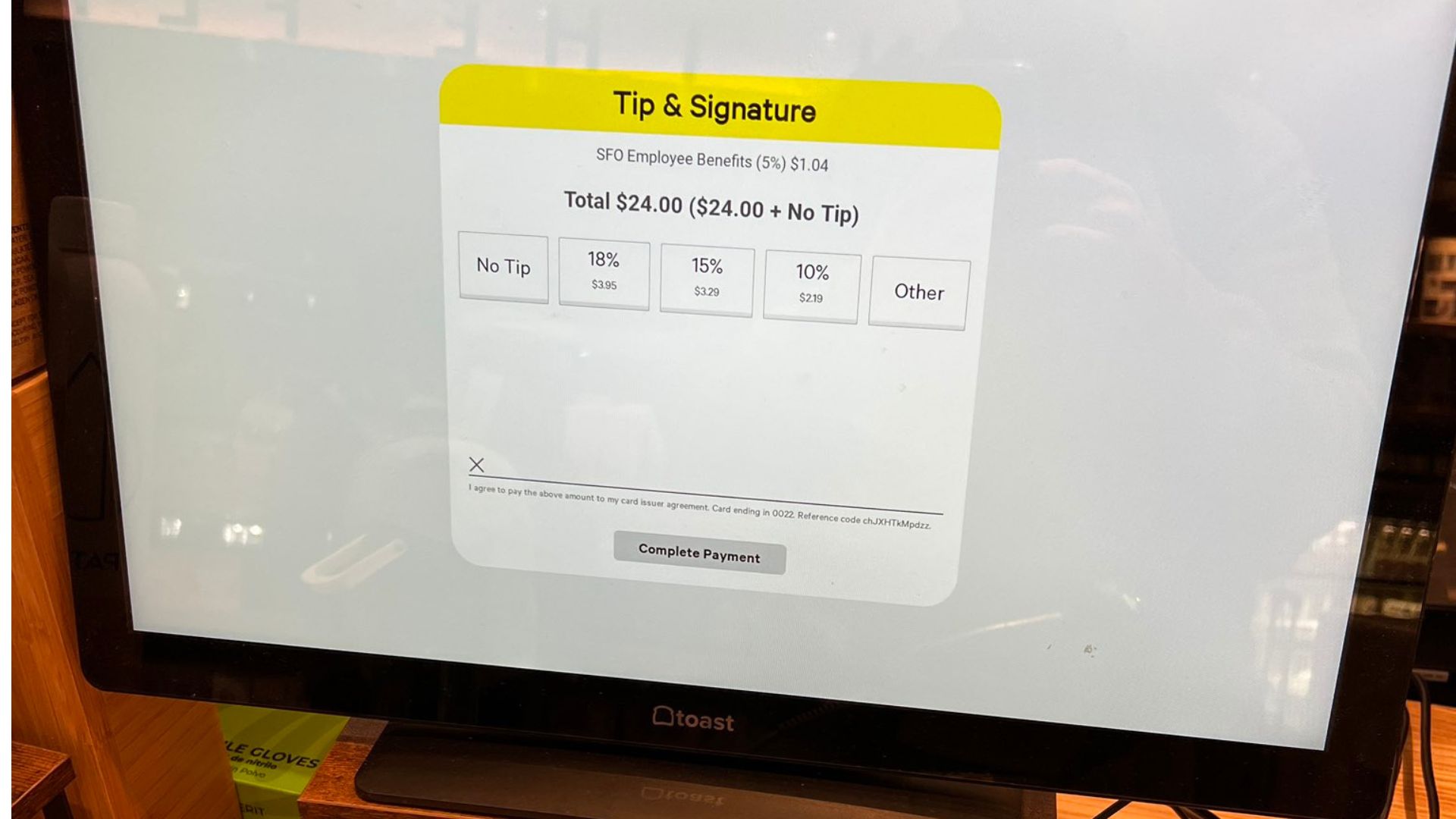
Even though there is the option not to tip at all, some customers have complained that despite selecting this option, the screen pops up again, requesting a tip.
This happened to someone at a sports game who went into a convenience store to buy two drinks, only to be faced with the tipping screen at the self-checkout. When they refused to tip, which was an option, the screen kept popping up, making the customer feel that tipping was a demand rather than a polite request.
Tip the Human Helpers

For this customer in particular, the tipping screen claimed that whatever tip was given would be given to the human helpers. However, there is no proof of this actually happening.
This is why many people suggest that when tipping someone in a restaurant setting, for example, you give the person cash so you know it’s going directly to the person who served you. But tipping a machine, regardless of whether you pay with a card or cash, means you don’t know where the money is going, no matter what the company says.
Federal Fair Labor Standards Act
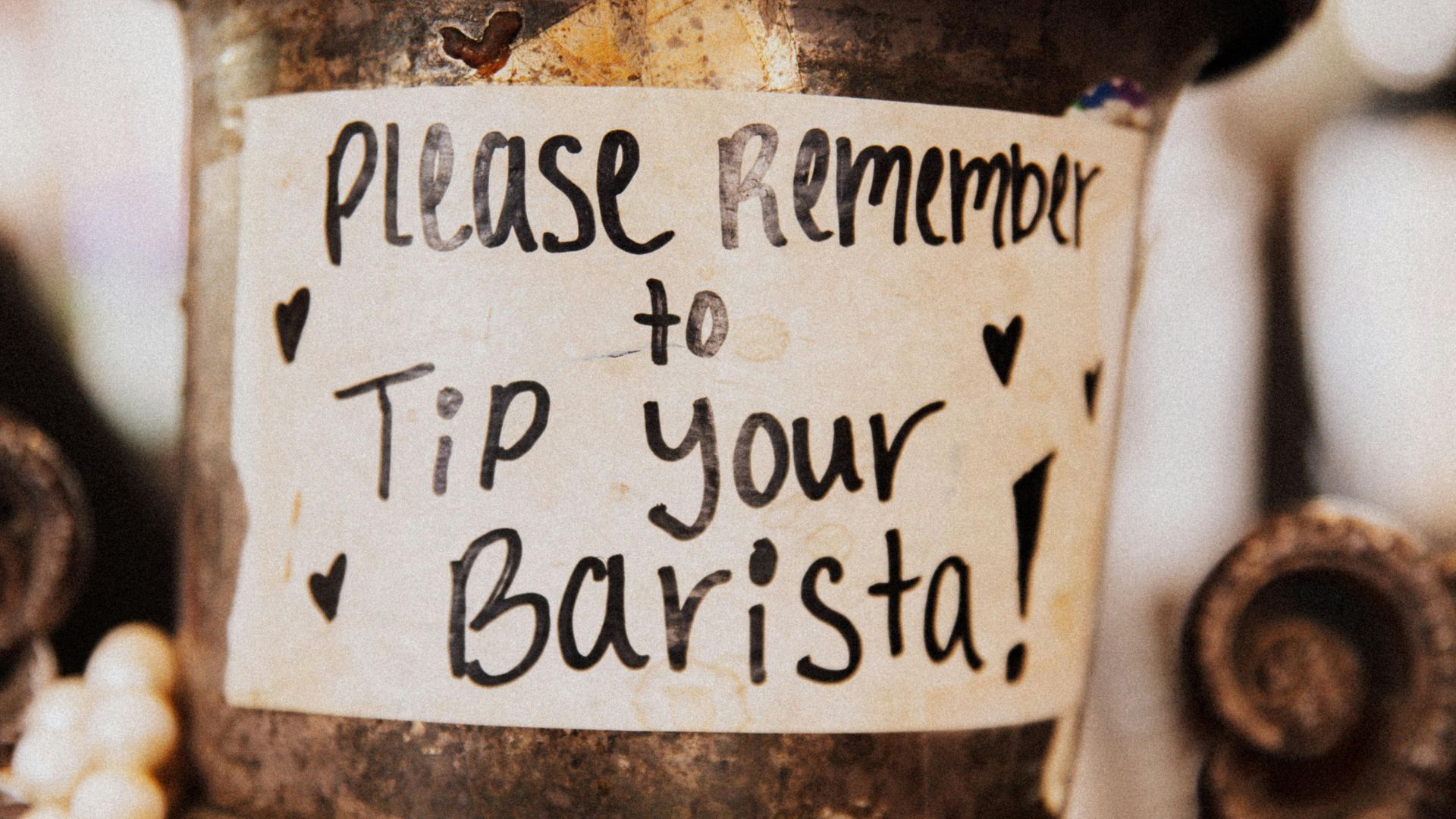
The federal Fair Labor Standards Act was introduced to legally require employers to give all workers any tips they receive.
However, many are having issues because this law doesn’t extend to machines, so no one can truly know where these tips are actually going.
Stores Are Employing Less People

After introducing self-checkout machines over the last few decades and the recent rise in reliance on AI, stores aren’t employing as many people as they once would.
As machines are now doing the work of human employees, customers believe this gives them even less reason to tip. If they were to tip anyone working in a store, they would rather tip the people on the cashier checkout lanes than tip a machine.
